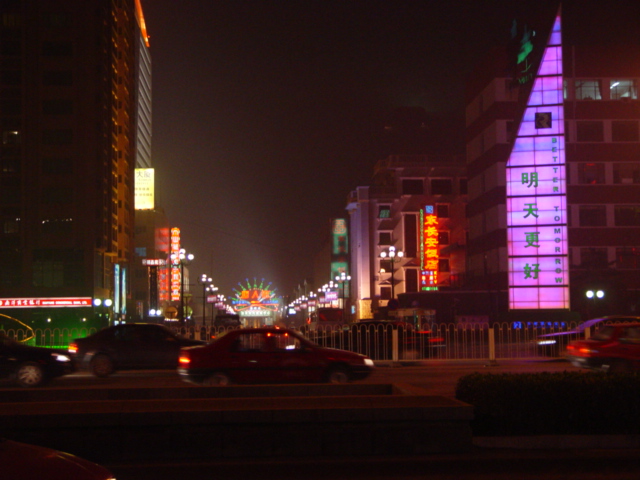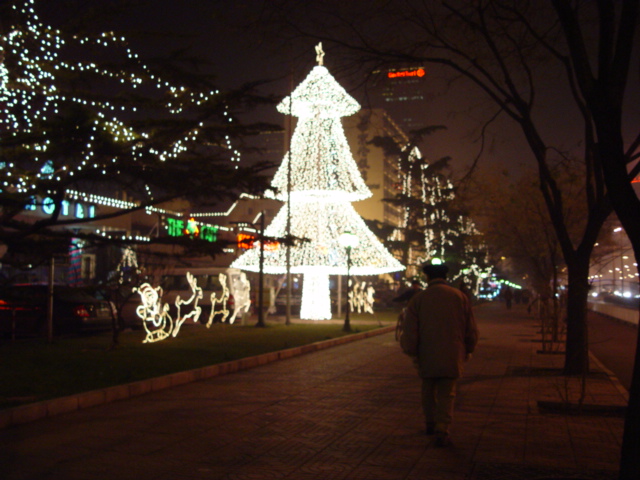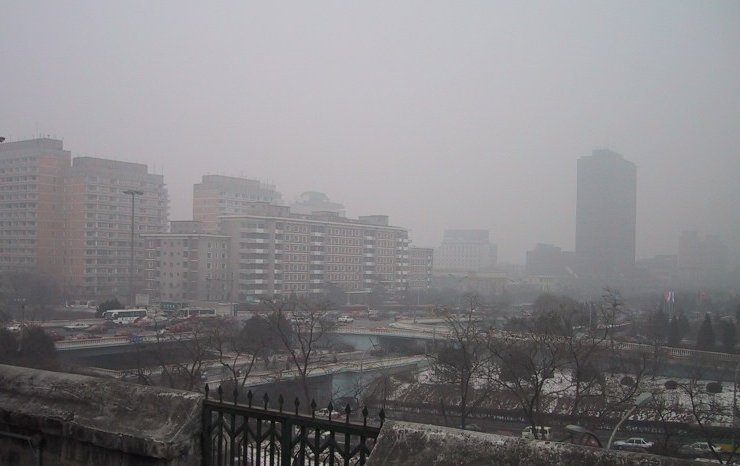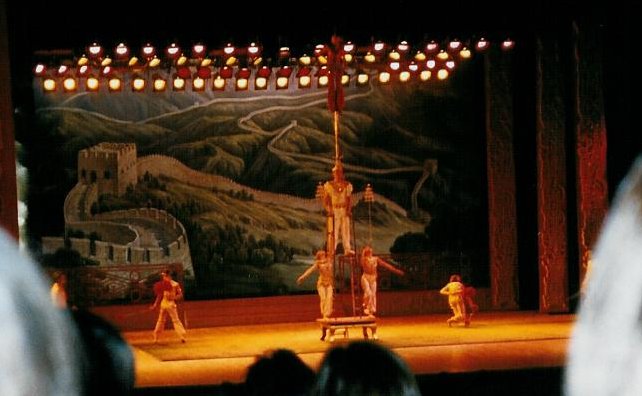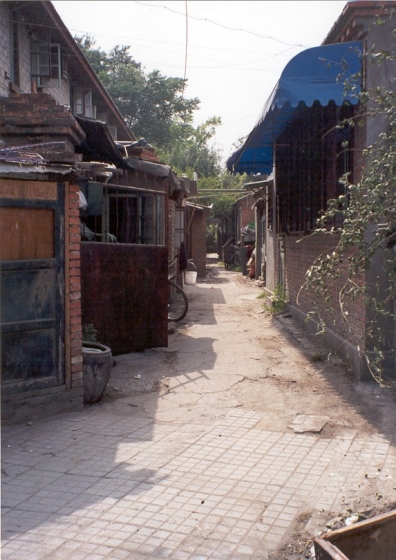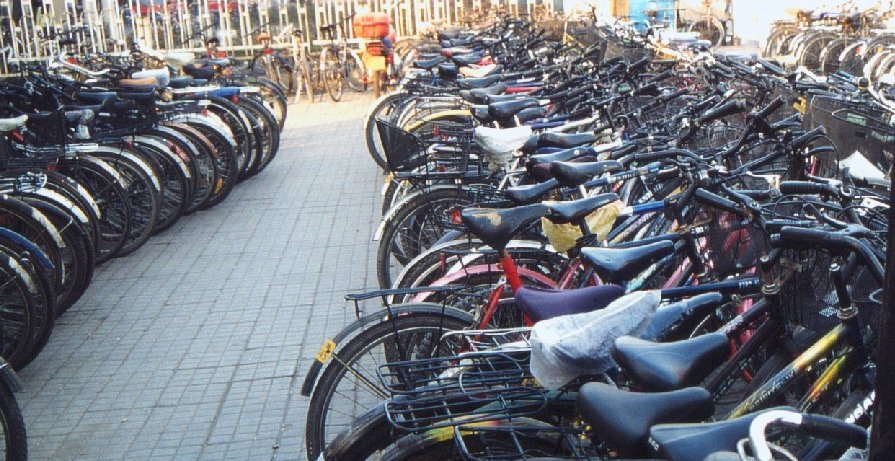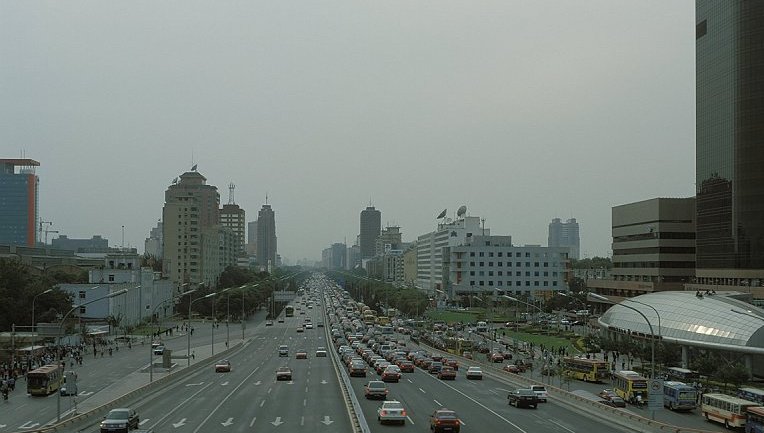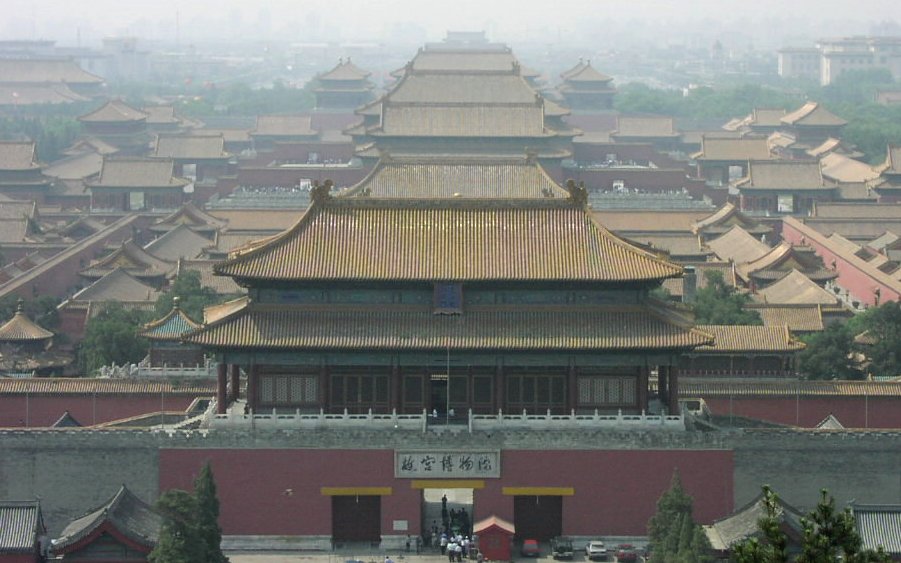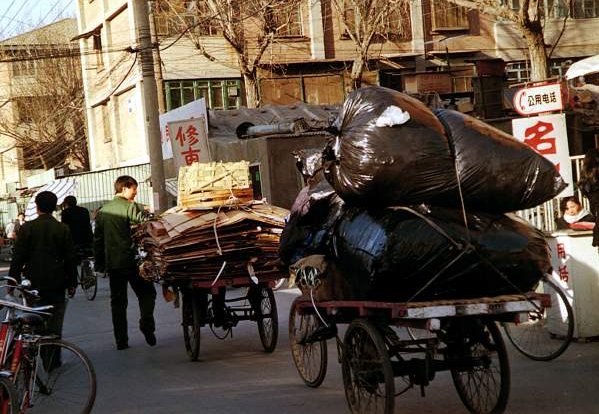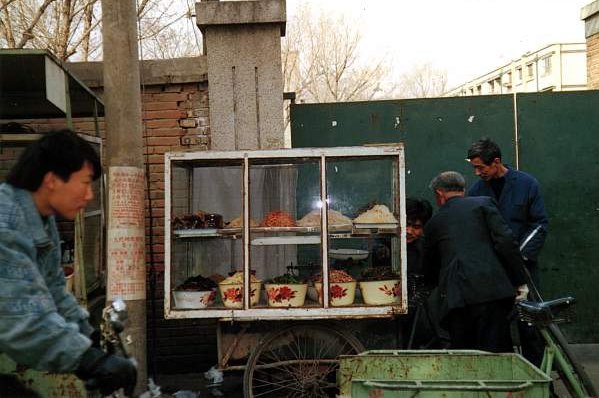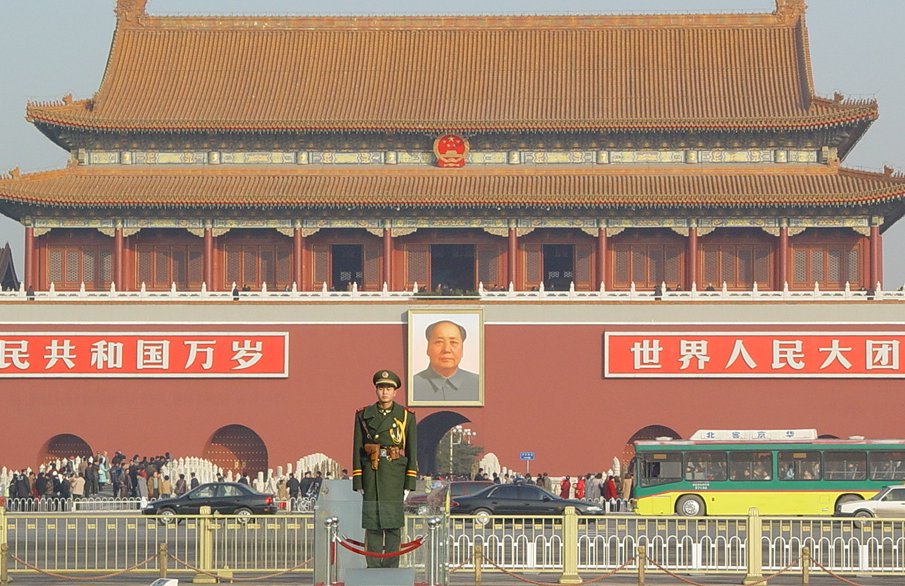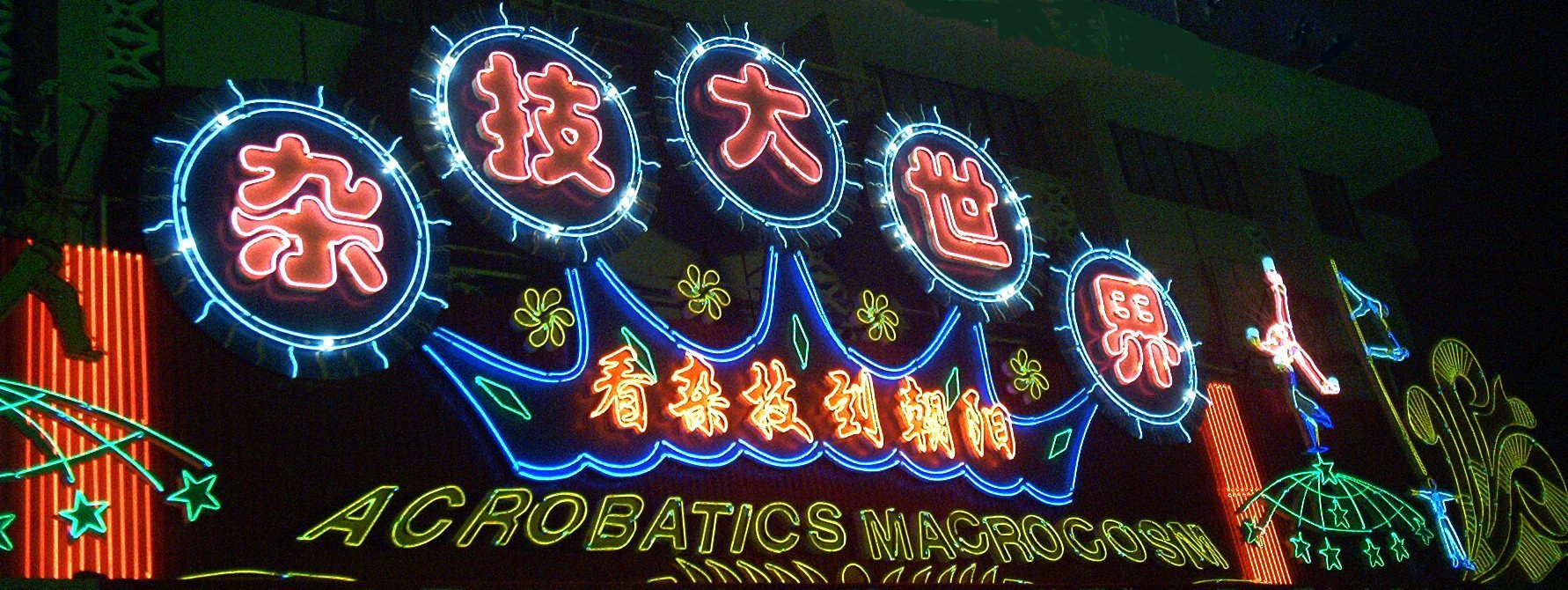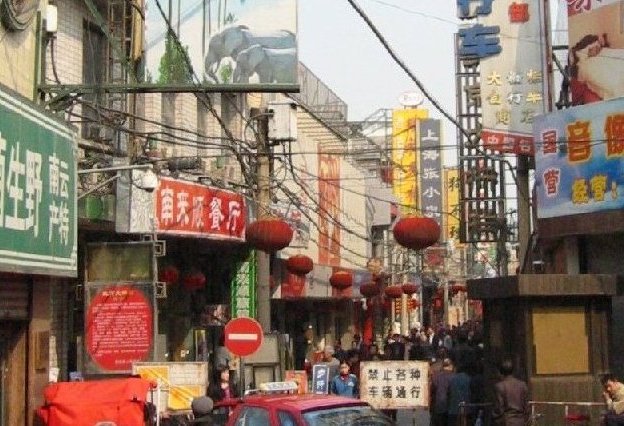BEIJING
During China's long and illustrious history there have been many capital cities. Some were no more than regional capitals that did not control the entire country, while others, like Xi'an, were state capitals for the earlier dynasties. Beijing was the last of the imperial capitals and has remained the capital of Communist China since 1949.
Prior to the unification fo China in 221 BC, Beijing was Jicheng or Yanjing, the capital of the Kingdom of Yan. It was to remain a provincial town of significance during the Tang Dynasty. During the 12th century, the Jin rulers named the city Zhongdu and made it their main capital.
Zhongdu was raised by the mongols in 1215. In 1260, The Mongol leader Kublai Khan moved his capital from Karakorum to Zhongdu and rebuilt the city naming it Khanbaliq or Dadu.
The first Ming emperor, in 1368, chose to move the capital to Nanjing. One of his sons was made ruler of the principality of Yan with Dadu, now renamed Beiping, as its capital. In 1403, when this prince became emperor, Beiping became Beijing and was made the captial of China again. It remained the capital under the Qing Dynasty, which lasted from 1644 to 1911. Much of imperial Beijing has disappeared as a result of planned or politically motivated destruction. However, the Forbidden City and Temple of Heaven alone makes Beijing worthy of a visit, as do nearby sections of the The Great Wall.
Downtown Beijing at night
Christmas decorations outside our Beijing hotel
Shroud of smog over downtown Beijing
Beijing Hutong alleyway
Bicycle Parking in Beijing
Beijing Traffic
Tricycles, a common means of transporting goods in the cities - Beijing
Tricycle food vendor in Beijing
Looking from Tiananmen Square at Tiananmen Gate to the Forbidden City
Theater where the Chinese Acrobats perform
Chinese acrobats performing
The Forbidden City
A Beijing Market Street
